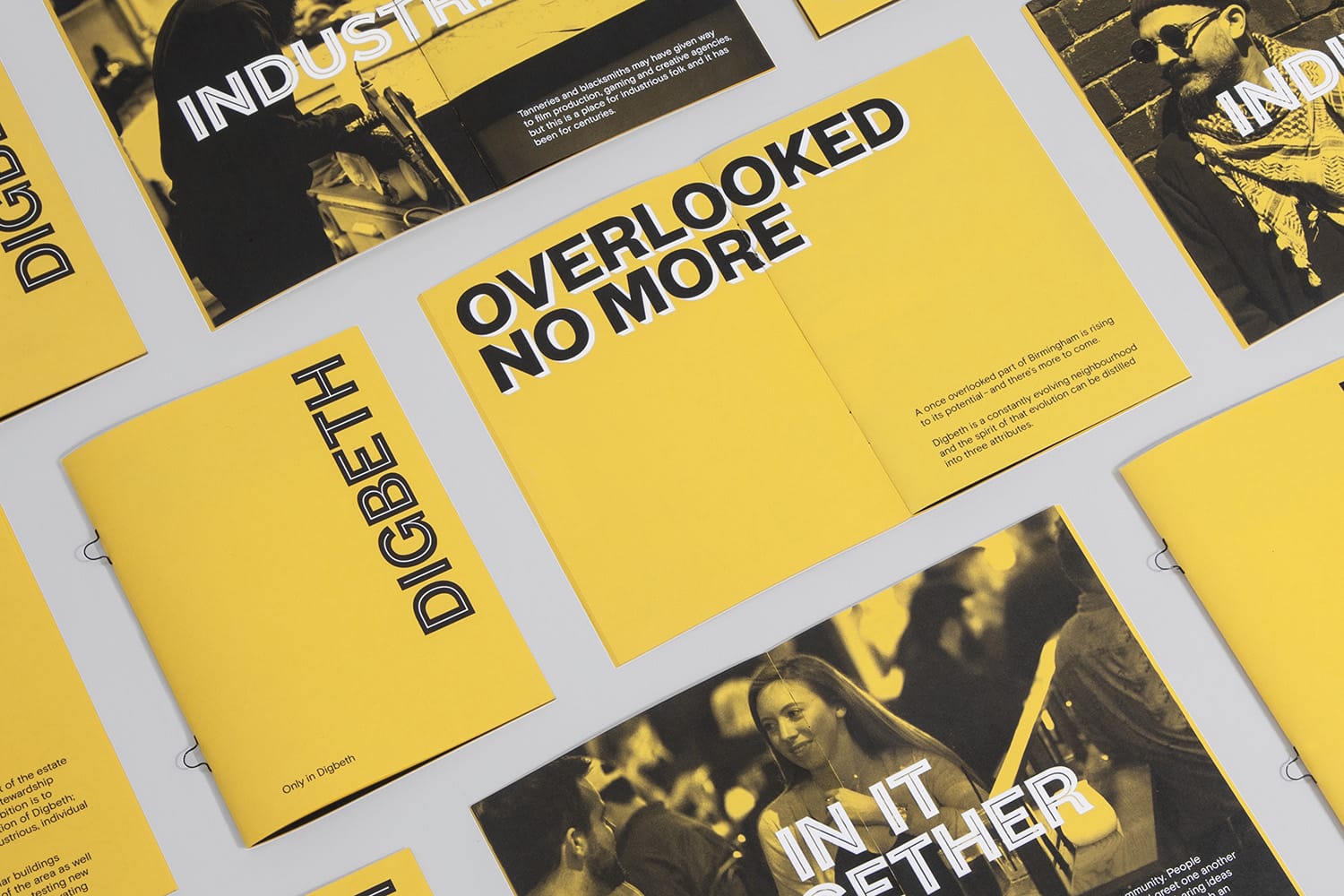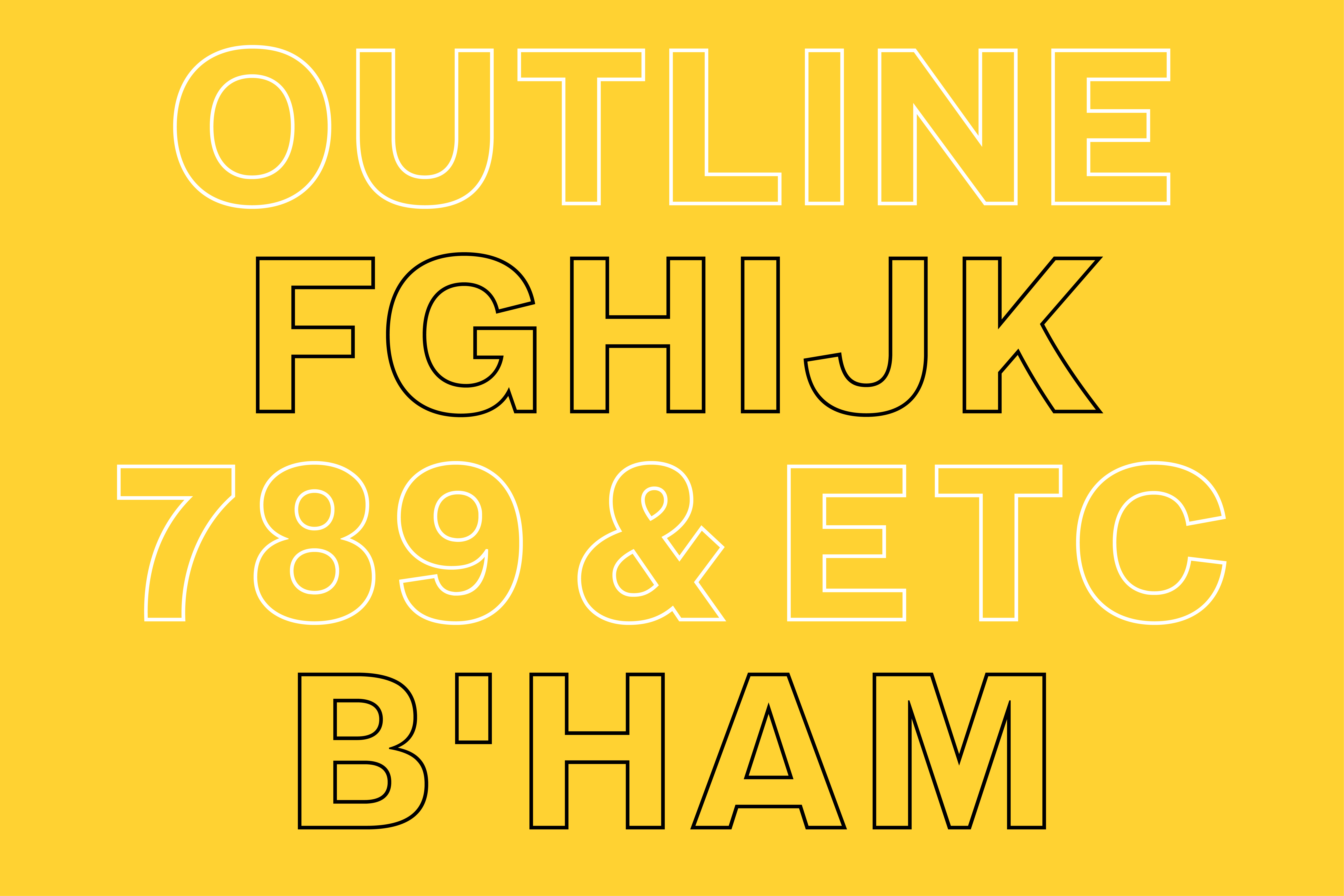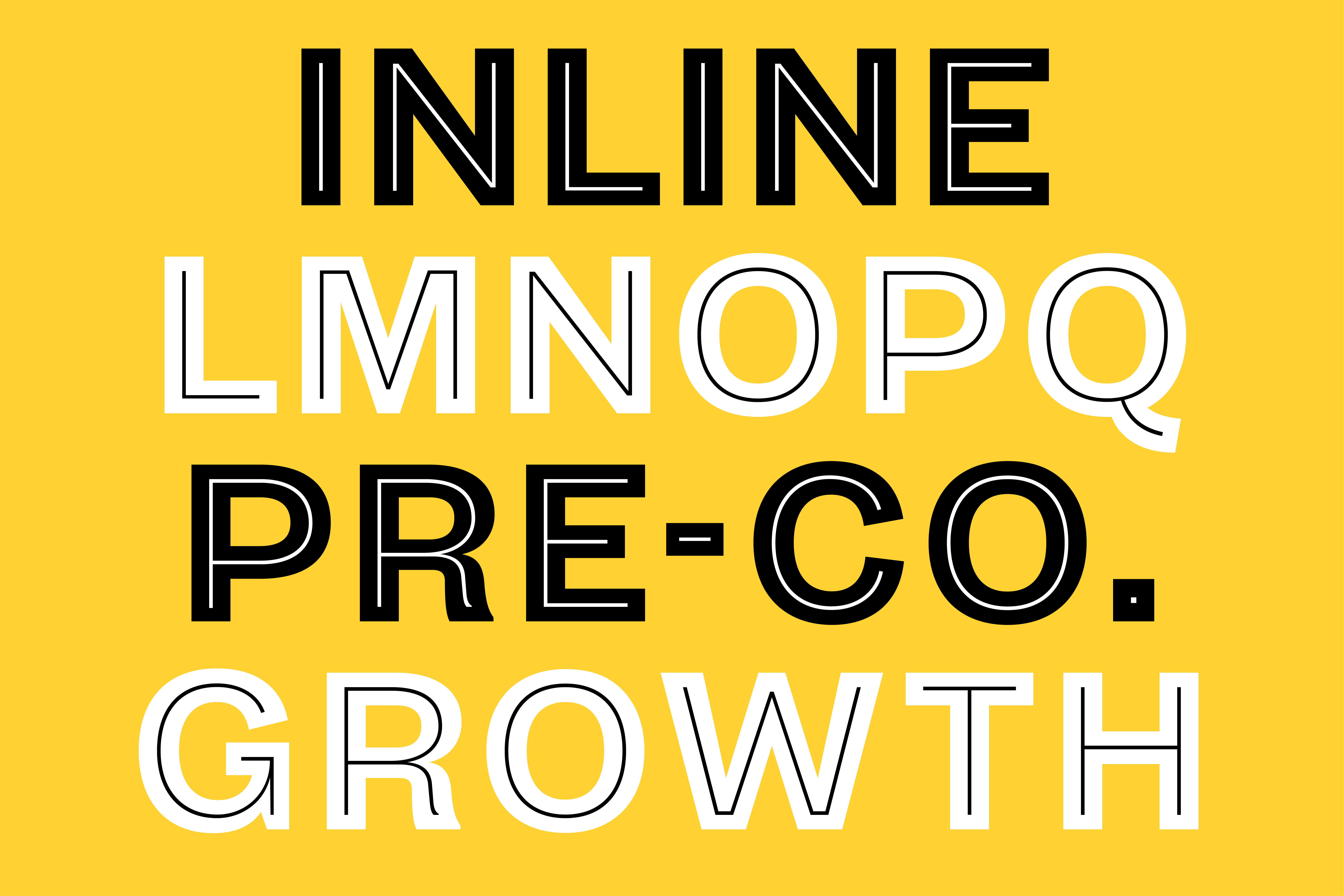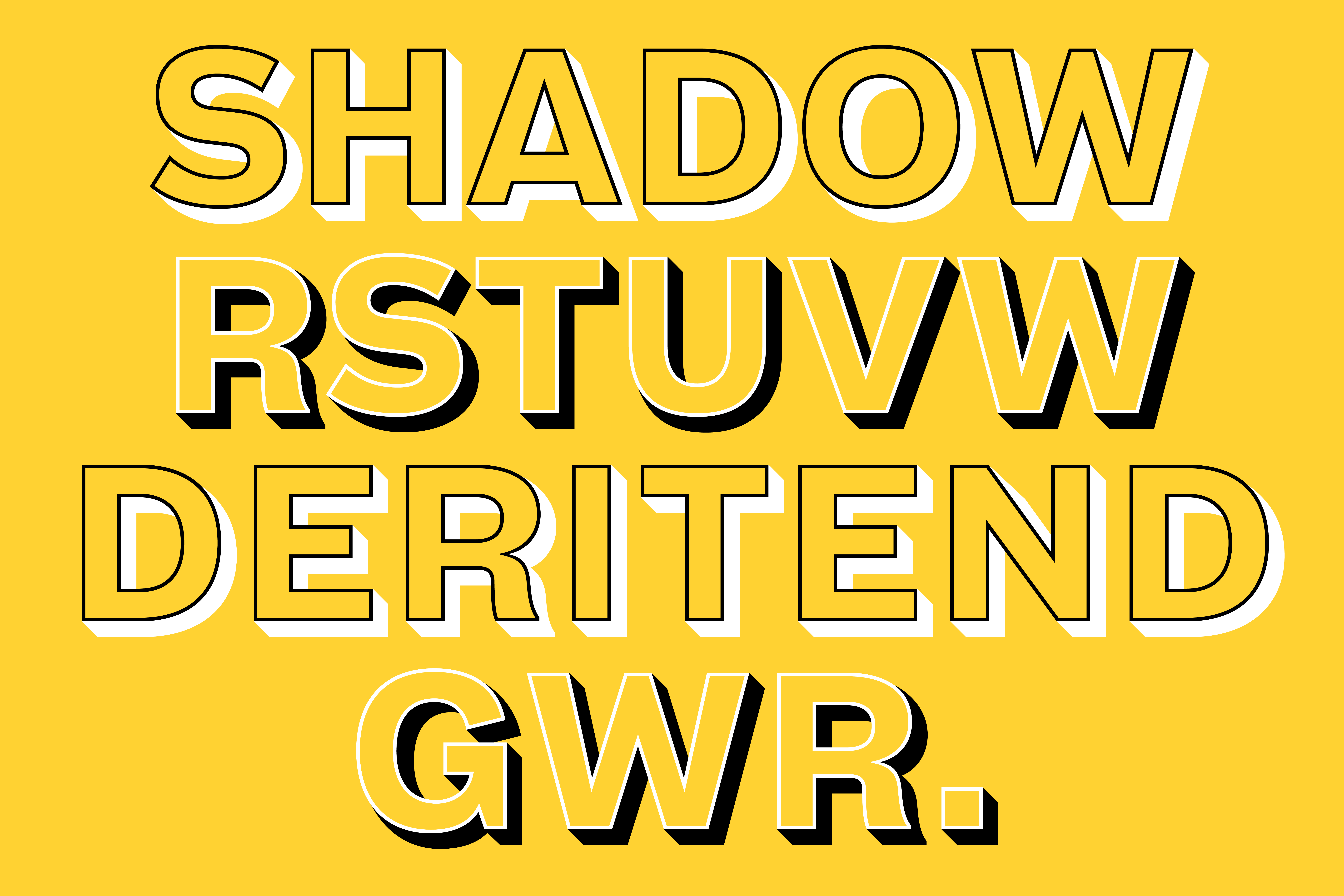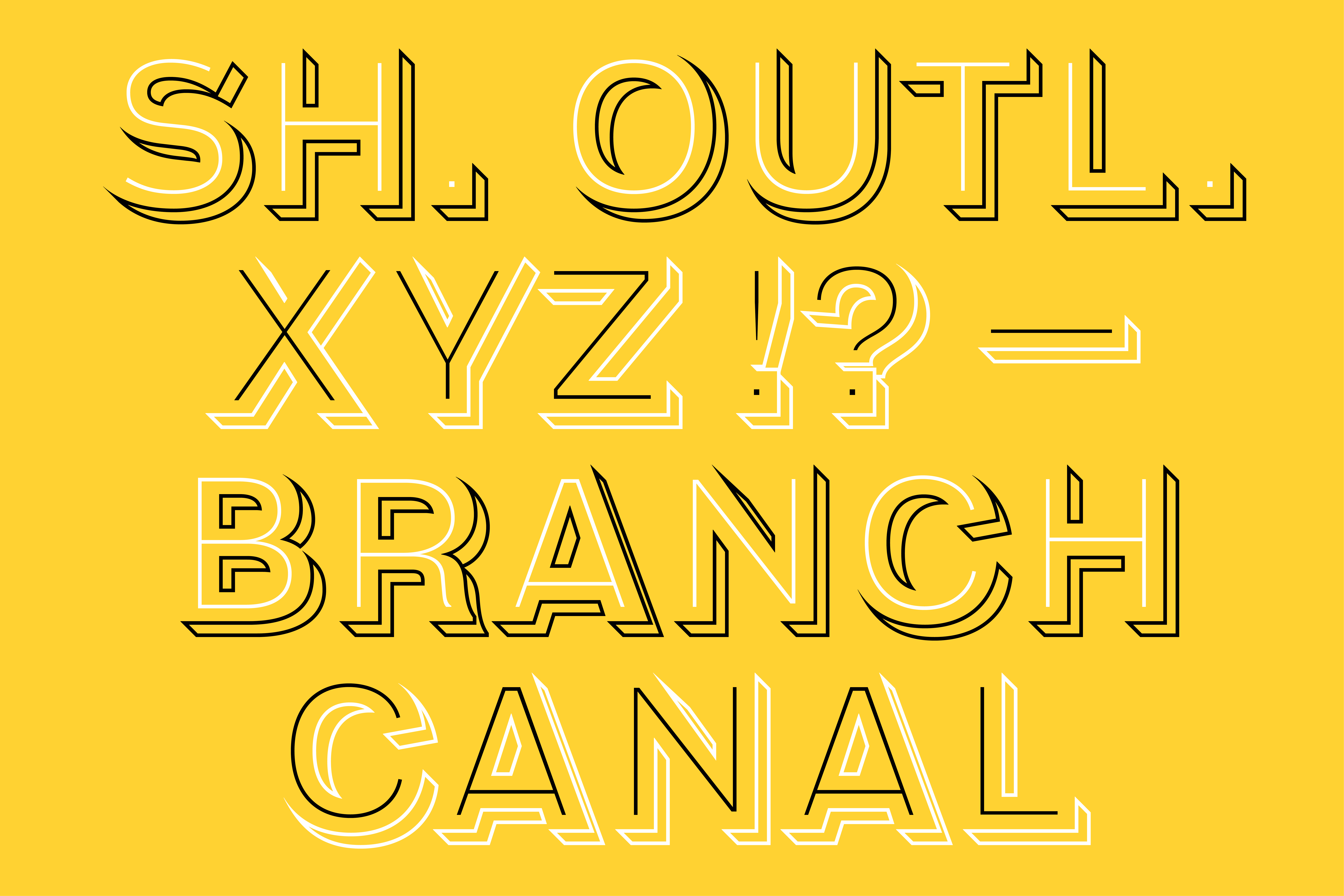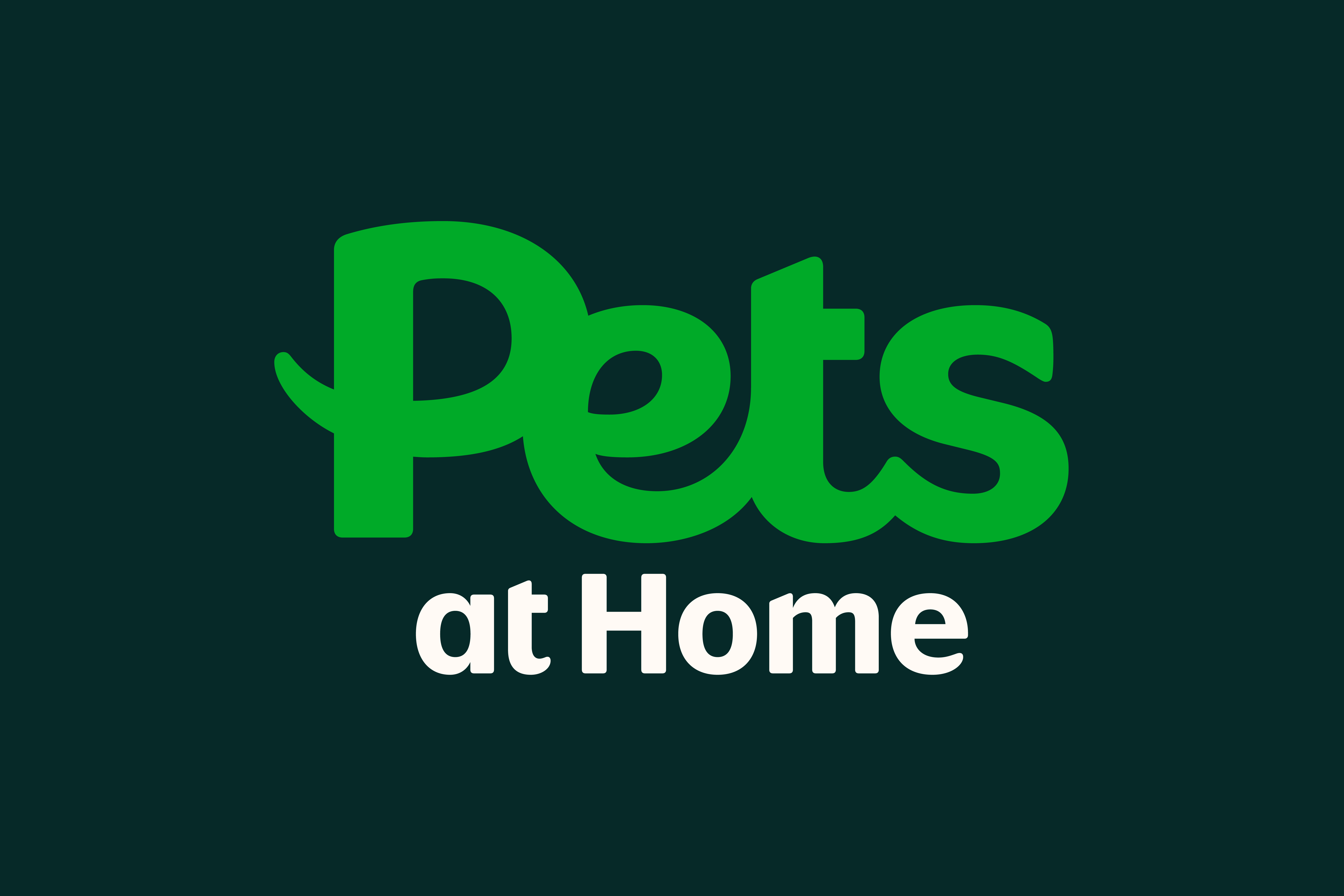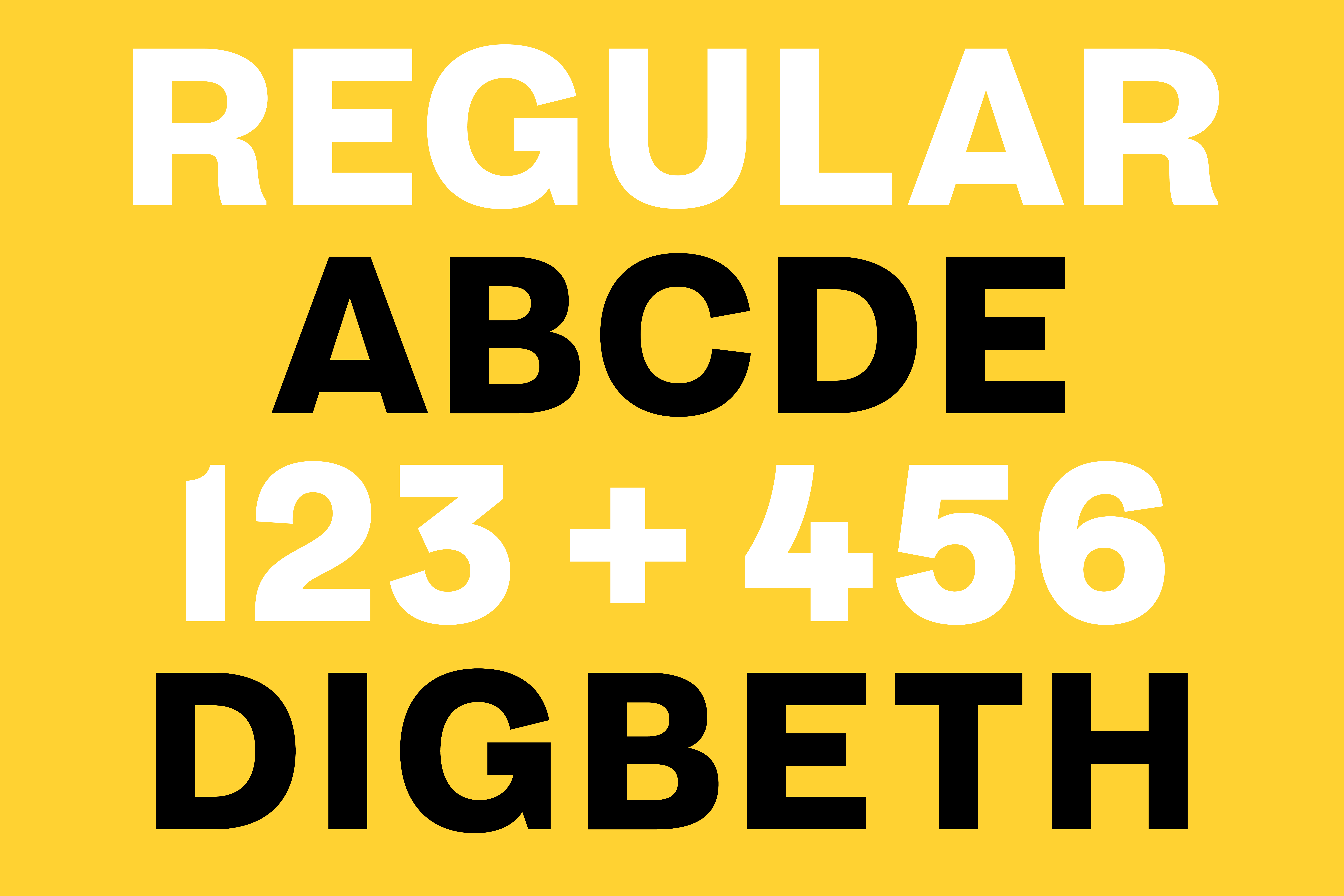
)
Digbeth
Collaborating closely with DNCO we were tasked with creating a custom layered type family that would inherently communicate the geographical, manufacturing and cultural heritage of Digbeth, – a district of Central Birmingham, England. Our work with DNCO for Digbeth was part of Oval’s urban regeneration of the area, with much-needed investment aiming to revitalise the neighbourhood.
- Typeface
- Digbeth Sans
- Comissioner
- DNCO, London
- Year
- 2018
- Styles
- 5 Styles
- Coverage
- Adobe Latin-2
- Classification
- Layered Sans Serif
- URL
- dnco.com
- digbeth.com
Originally the area of Digbeth, Birmingham was settled in the 7th Century. With its proximity to the River Rea, which enabled fertile soil and access to water. It’s industrial heritage expanded through the ages, and in 1791 Birmingham is coined the “the first manufacturing town in the world”. Industrial residents throughout the ages include Bird’s Custard (now immortalised through the naming of the Custard Factory), Typhoo Tea and Birmingham Battery and Metal Company.


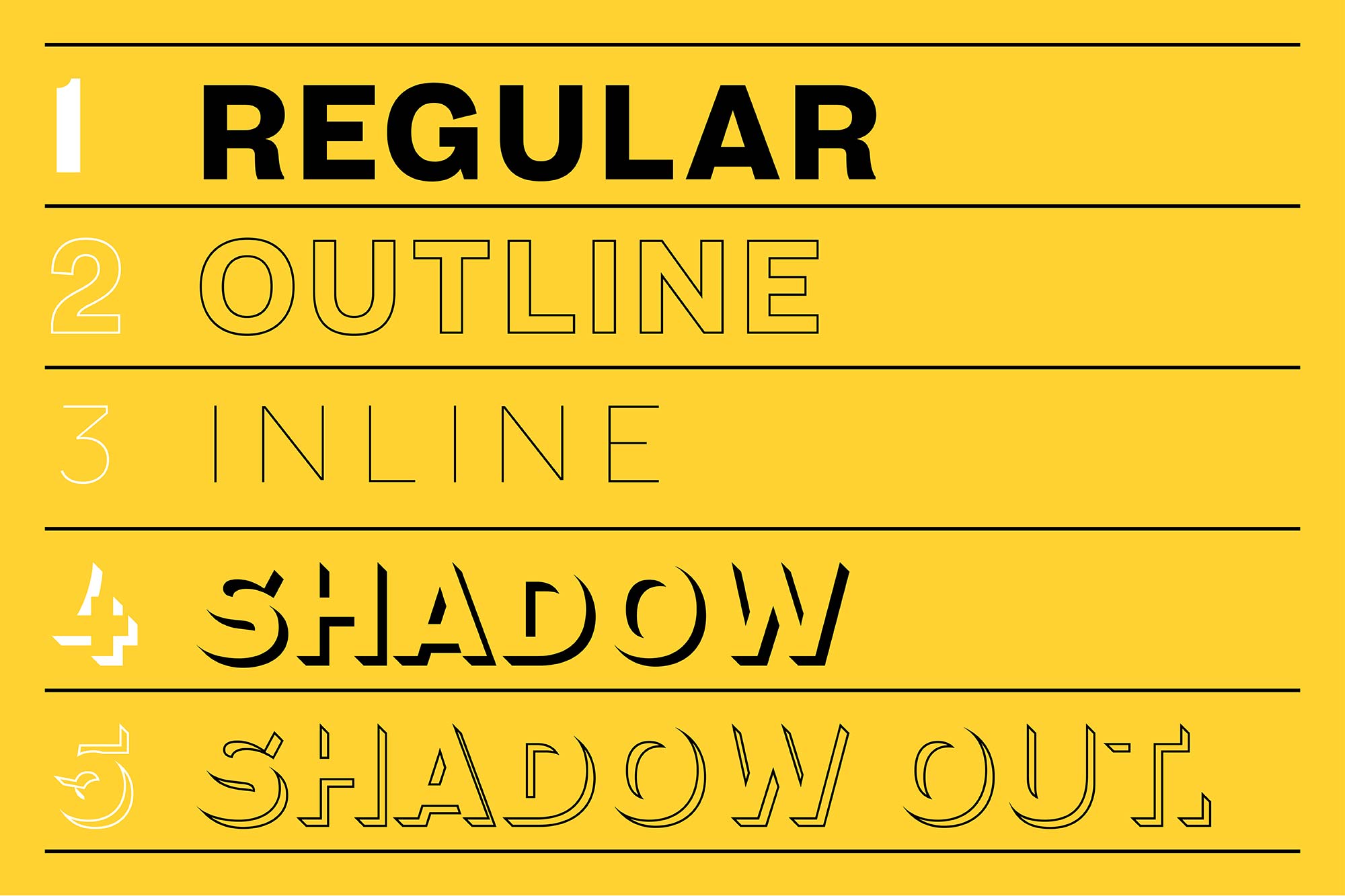
This current regeneration and investment in Digbeth required a comprehensive identity to be created, centering around a custom typeface. Digbeth Sans pays homage to Digbeth’s importance in the manufacturing industry — and the role it still plays today. The variety of styles (totalling 5) and layers draw inspiration from the lettering on the canal boats, and the industrial typography that runs through Digbeth and the surrounding Grand Union-and Digbeth Branch-canal.
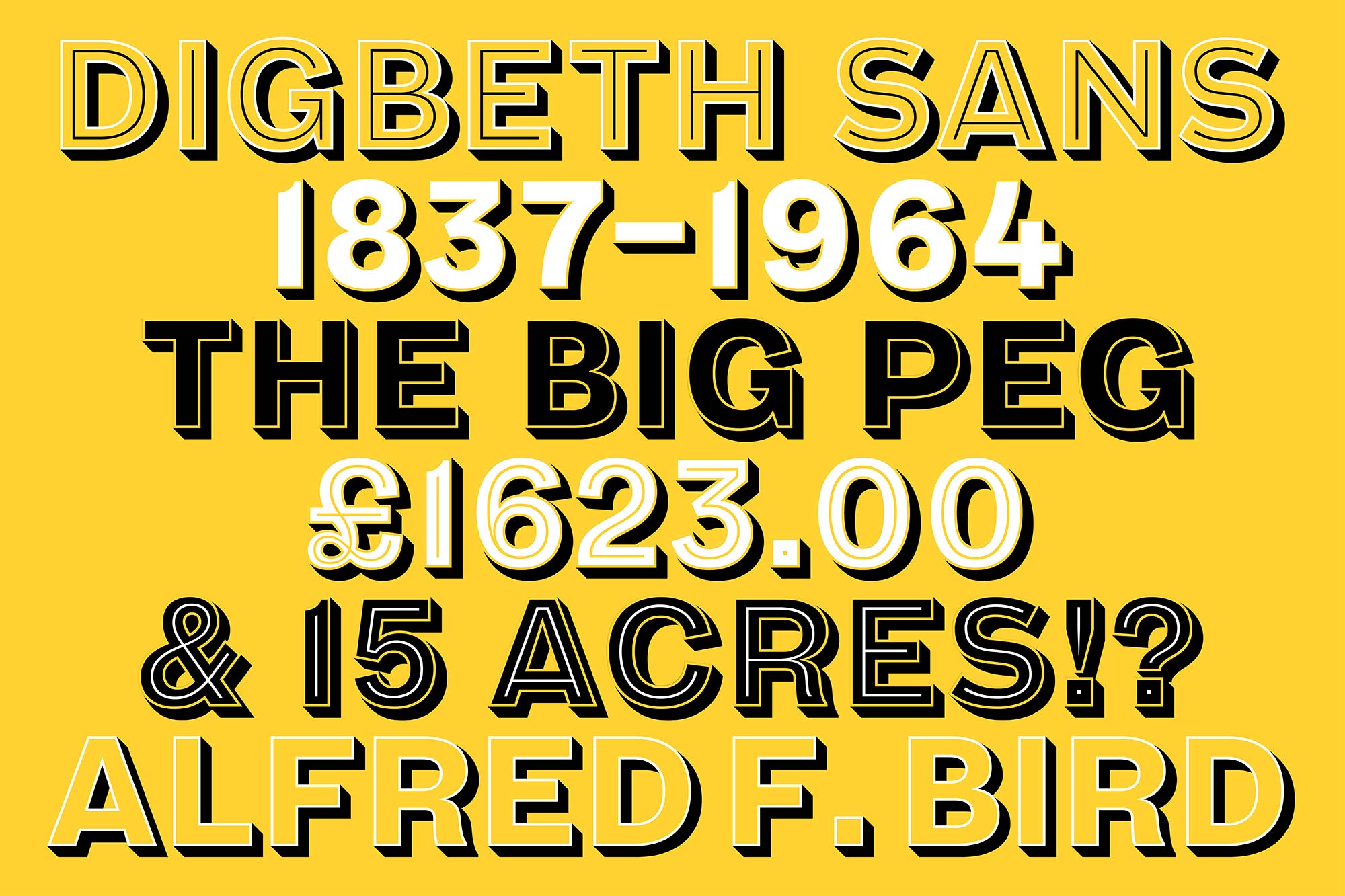
The base forms of the typeface are idiosyncratic and evoke a painterly warmth, which is amplified through the mixture of inline, outline and shadow styles. Whilst drawing the typeface, there was a balance between the technical limitations of a layering system and the characteristic qualities that needed to be input, allowing Digbeth Sans to be an ownable asset for a wide range of type users.
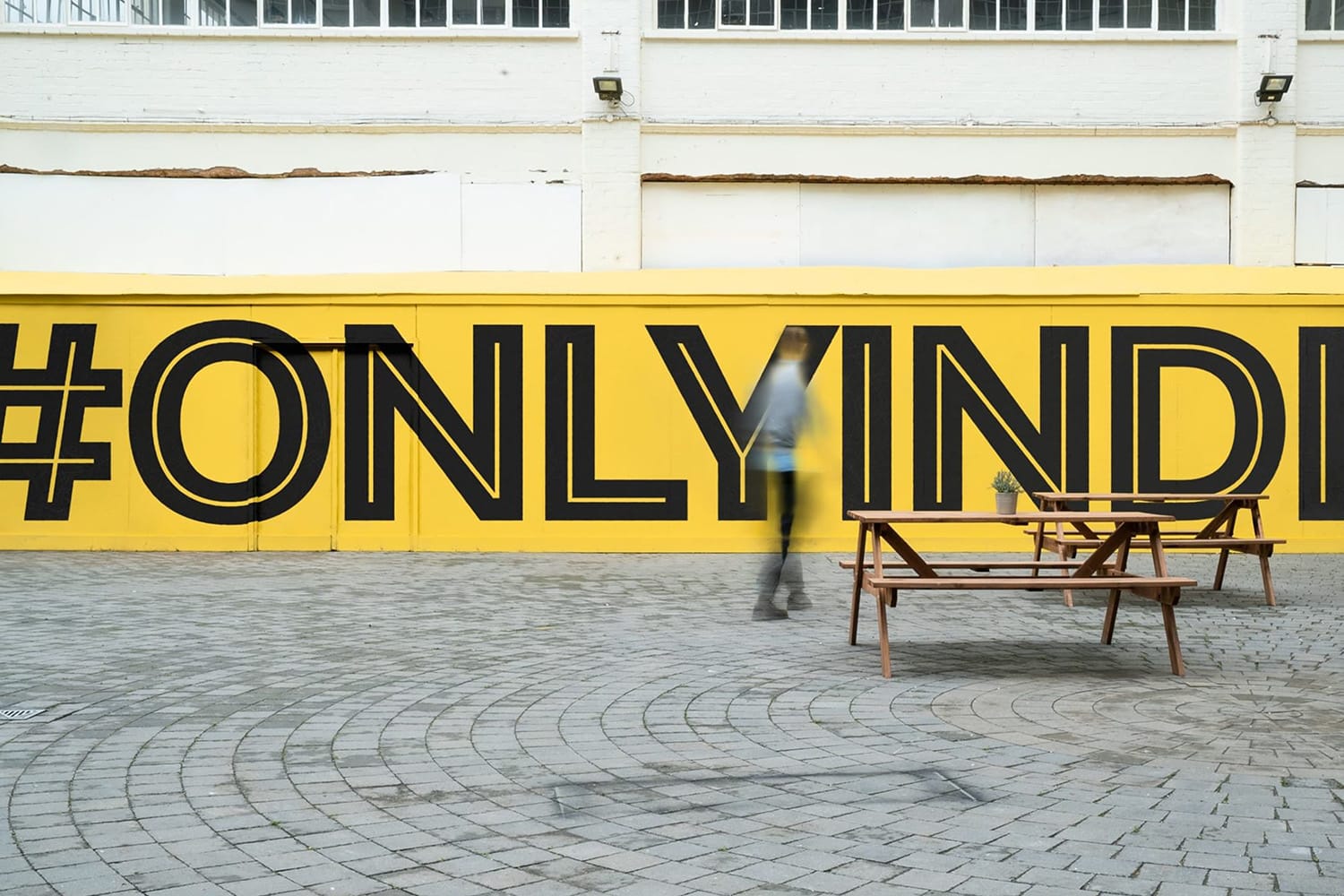
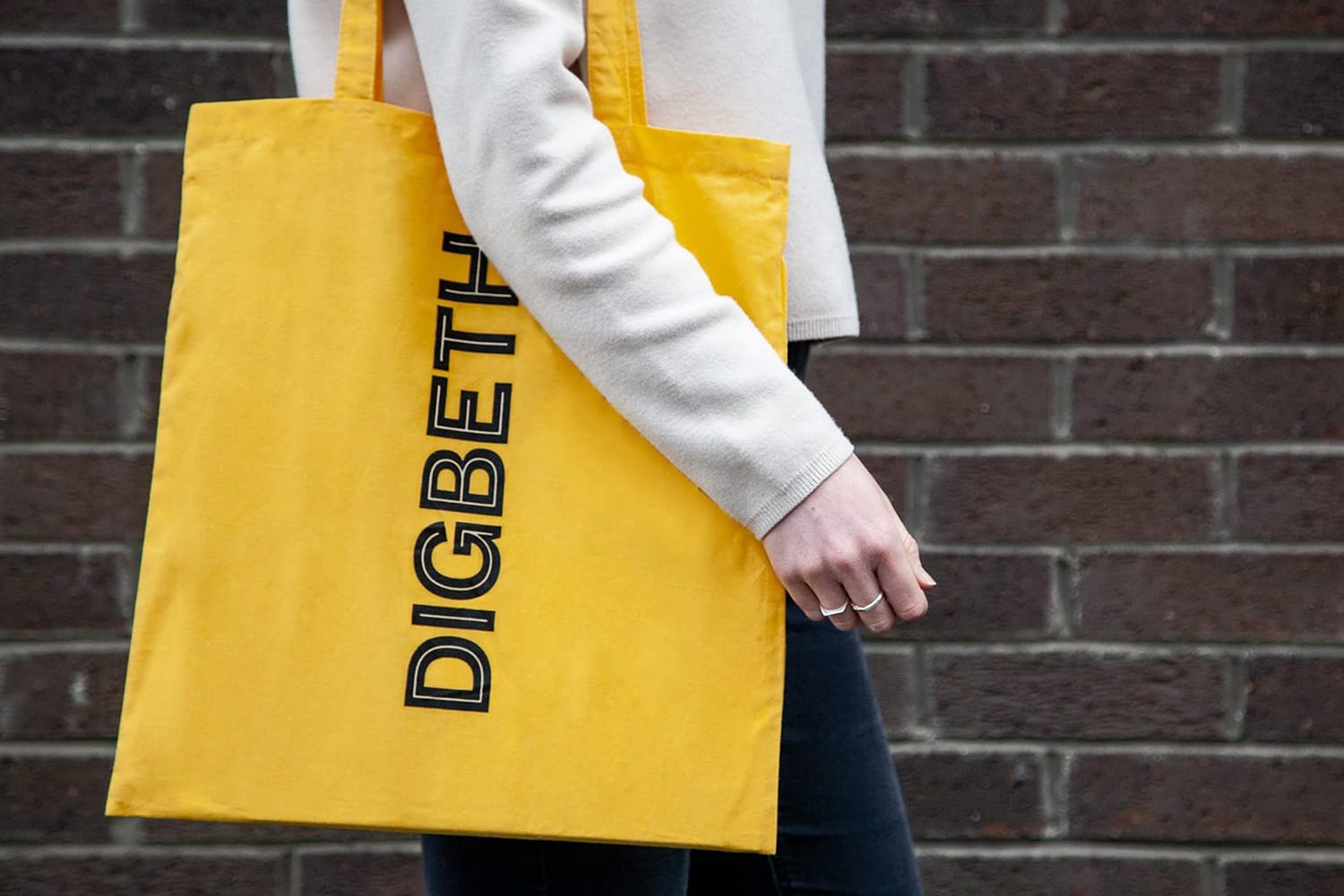
This toolkit would be utilised by not only a host of agencies, producing a wide range of traditional literature and communication material, but would be distributed openly amongst traders and small businesses to allow a distinct visual language to develop within the Digbeth area and community. This democratised approach would need us to consider the different level of users for the type family. Composing the different styles requires a certain typographic eye, and specific software skills, thus leading us to create pre-composed type variants for general usage.
